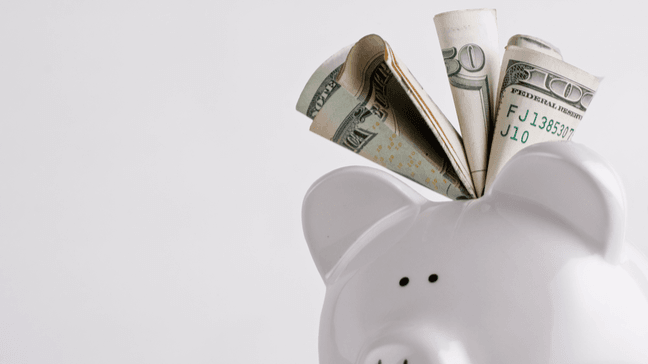Emergencies hit us when we least expect them. Hence, it’s always better to be prepared to handle such circumstances, at least financially. Experts recommend emergency savings to build fund that are accessible instantly. Yes, you may have extra cash set aside, which is good for short-term emergencies, but you need a large amount for a big financial crisis, such as medical treatment, recession, or career setback.
Creating an emergency account demands discipline, timing, and planning. It involves a few challenges and sacrifices, but with expert guidance and help, it can be streamlined. Here are a few tips for building an emergency fund the right way.
- Calculate the Total Savings You Want
Rather than starting randomly and transferring inconsistent amounts monthly to your emergency funds, make sure that you have got it all planned. Calculate the total amount you want to save by the end of the year or the size of the fund you want to build. Yes, it might be difficult to do all the calculations, but you can use an online emergency savings calculator. The best savings account for an emergency fund is the one that lets you assess your monthly expenses and plan your budget accordingly.
- Set a Monthly Savings Goal
Saving for 4-6 months’ worth of expenses is an aspiring goal, but it can be daunting and financially stressful. Attaining such a large goal can be more challenging than anticipated, and you might give up along the way. Hence, it’s vital that you start with a small target for your emergency fund, say a monthly amount, and then take it up a notch gradually. An initial savings target between ₹500-2000 a month is enough, set your annual goals based on this amount, and then work your way up once you have sizeable emergency savings.
You need to understand that the important thing is to start saving consistently, no matter how small it is. Also, you can opt for automated funds transfer to your savings account for each month.
- Opt for Cash and Bank Deposits
During an emergency, you need the fastest access to funds, which is perhaps cash. Hence, you always must have some cash in hand or in your savings account, which provide instant liquid funds. It enables you to withdraw money in minutes through a digital savings account to pay for urgent needs. According to finance experts, you must keep a minimum of 25% of your emergency funds in a savings account as it is accessible round the clock. The interest you will earn on it will be around 2.5 to 4% annually.
Fixed and recurring deposits are also recommended as they are easy to break at short notice when you need money urgently. The only catch is you might have to visit a bank branch to get the money, and there can be a penalty.
- Ensure Liquid Funds
Another tip for building an emergency savings account is to invest in a mutual fund. It allows you to park your money in liquid funds and earn a surplus interest of 2.5-3%. Moreover, mutual funds are quick and simple to redeem as money is transferred to your account within a day or two. Choose between large-cap or mid-cap funds based on the risk options. There are also low-risk arbitrage funds, which buy securities at a reduced price from the cash market and sell them at a higher price in the future. It makes the most of the volatility of the stock market to make profits.
- Funnel Extra Money Into Your Savings Account
You have got your savings game right and have it all planned to relax and watch your funds grow. However, it would be better if you can increase your funds with the extra money that you make through rebates, tax refunds, bonuses, cash gifts, etc. It would help you reach your financial goal faster. Whenever you get additional money from any source, add this amount to your emergency account. You don’t have to depend on it completely but funnel a portion of it into your savings and spend the rest to buy something for yourself.
Also, if you have repaid a loan amount, start putting that money toward your emergency account.
Conclusion
An emergency fund can make all the difference between a financially secured and unsecured future. Also, it is the line between financial success and failure. If you don’t want to exhaust your retirement savings now, start saving for unforeseen situations without any delay. You have no idea what life has planned for you, but this small step can prove to be a great support in unexpected circumstances.
